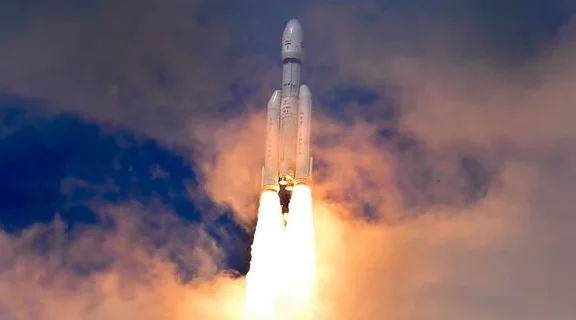With three major missions, India is on the verge of exploring not just the frontiers beyond Earth but also the surface of the moon and the deep oceans on the planet.
India will launch Chandrayaan-4 mission in 2027 to bring back samples of moon rocks to Earth, while in 2026 India will also launch Samudrayaan for deep ocean exploration and Gaganyaan mission will go into space with the first batch of Indian astronauts.

“The Chandrayaan-4 mission aims to collect samples from the surface of the moon and bring them back to Earth. It will involve at least two separate launches of the heavy-lift LVM-3 rocket carrying five different components of the mission that will be assembled in orbit,” Science and Technology Minister Jitendra Singh said on Thursday.
Chandrayaan-3
The Gaganyaan mission, which involves sending Indian astronauts to low Earth orbit in a specially designed spacecraft and bringing them back safely, will be launched next year.
Meanwhile, the Samudrayaan mission will take three scientists to a depth of 6,000 metres in the deep sea to explore the sea floor. Prime Minister Narendra Modi highlighted the Samudrayaan mission in his Independence Day speech, Singh said.
Samudrayaan can unlock vast resources, including critical minerals, rare metals and unseen marine biodiversity, which are crucial for the country’s economic growth and environmental sustainability. All eyes are on the National Institute of Ocean Technology (NIOT), which is developing technology and submarines in Chennai.
ISRO is focusing on boosting infrastructure. The Indian Space Research Organisation (ISRO) was set up in 1969 but it took more than two decades to build the first launch pad in 1993. The second launch pad came up in 2004, a decade-long gap. However, the last 10 years have seen unprecedented expansion in India’s space sector, both in terms of infrastructure and investment. “We are now building a third launch pad, which will be the first for heavy rockets, and are also expanding beyond Sriharikota with a new launch site for launching small satellites in Tamil Nadu’s Tuticorin district,” Singh said. India’s space economy, currently worth $8 billion, is projected to reach $44 billion in the next decade, further cementing India’s role as a global space superpower.

